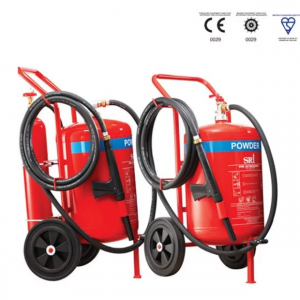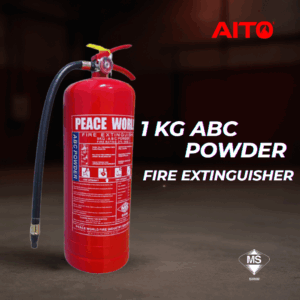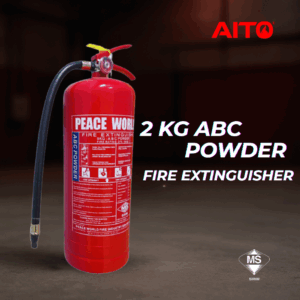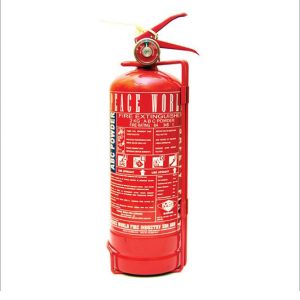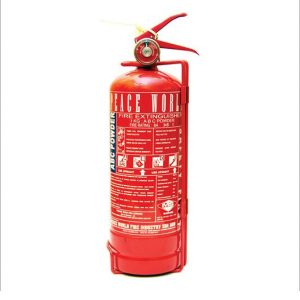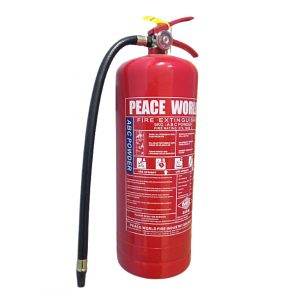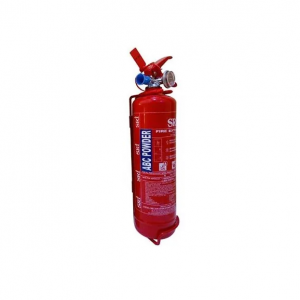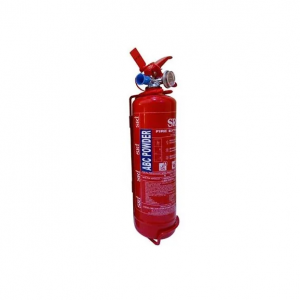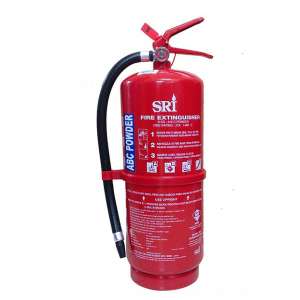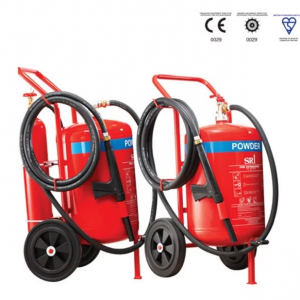Classes of Fire
Fire is classified into the following classes of fire and you should know how to select the right fire extinguisher for fighting different types of fire.
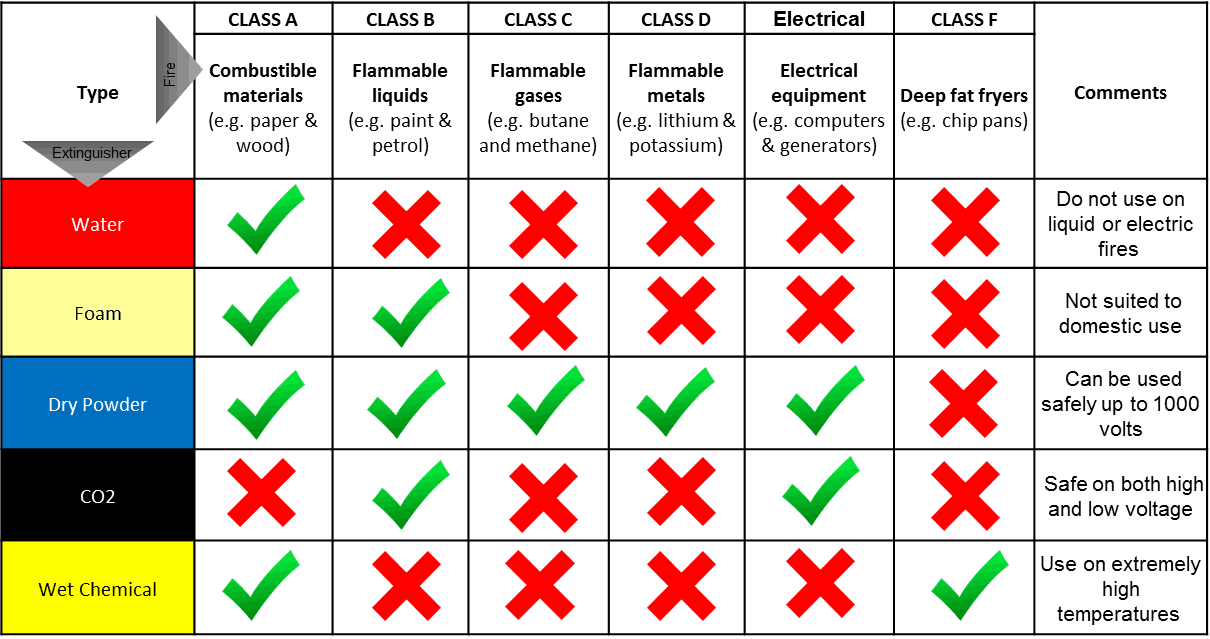
Class A
Class A is primarily known for putting out fires on cloth, wood and rubber. These classes of fire distinguish solid or organic materials, such as wood, plastics, paper, textiles, or coal. Fire extinguishers with a Class A rating also work best with rubber, paper, various plastics and regular combustible.
Class B
Class B fire classes are perfect for putting out fires that occur with gasoline, grease and oil-based fires. Fire extinguishers with ratings of Class B can be found at gas stations, factories and small oil plantations. The main extinguishing agent for this fire class is carbon dioxide. The label for a carbon dioxide-based fire extinguisher would be a black label. These types of fire extinguishers should not be used for kitchen fires, paper, wood or textiles or other combustible materials.
Class C
C classes of fire are suitable for energized electrical fires. The extinguishing agent is a dry chemical or carbon dioxide. Dry chemical fire extinguishers extinguish the fire primarily by interrupting the chemical reaction of the fire triangle. Ordinary dry chemical is for B classes of fire as well as C classes of fire only.
Class K/Class F
K or F class are suitable for kitchen fires, including oil, grease and fat fires. The extinguishing agent is a wet or dry chemical. Wet chemical fire extinguishers are designed for use on Class F involving cooking oils and fats. Wet chemical extinguishers work by creating a layer of foam on the surface of the burning oil or fat, preventing oxygen from fueling the fire any more than it already is and at the same time having a cooling effect. Fire extinguishers rating for K class can be seen wearing a yellow label. They should not at any cost be used to extinguish flammable liquid or gas fires, electrical fires and flammable materials.
Class D
Class D fire classes are suitable for combustible metals such as coal. The extinguishing agent is a dry powdered chemical. Dry powdered chemicals can also be used in standard ABC fire classes rating. These types of fire extinguishers are labelled in blue and should not under any circumstances be used in an enclosed or small space as the dried powder can be inhaled and cause an allergic reaction or short-term breath loss. In addition to that, the dry powder residue can also be very difficult to clean up afterwards and may stain. However, dry powdered extinguishers should absolutely not be used for fires that involve cooking oil or electrical equipment.
Watch this video to understand more about classes of fire.
It is important to use the correct for the type of fire source. Using the incorrect agent can allow the fire to re-ignite after apparently being extinguished successfully. ABC classes of fire extinguishers are all-purpose fire extinguisher that works on class A, B and C fires. Most fire extinguishers for homes and public spaces are classified as ABC classes of fire, meaning they’re suitable for putting out wood and paper fires, flammable liquid fires, and electrical fires.
Read on five main types of fire extinguishers
For any inquiries and further assistance, you may chat with us by clicking to the LiveChat on the bottom right or just WhatsApp us.



